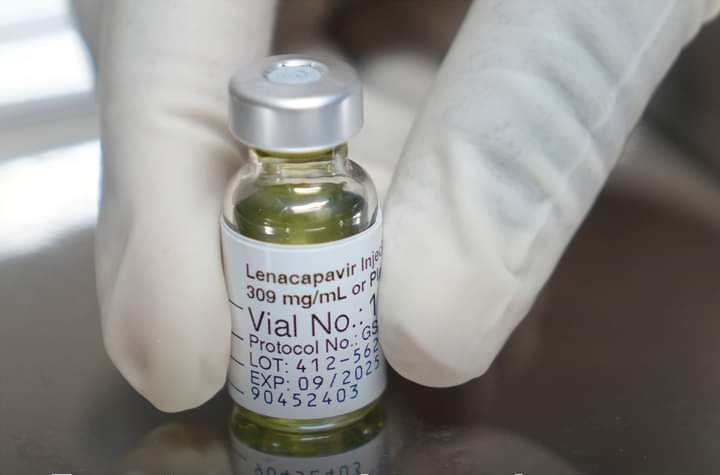In a groundbreaking development for HIV prevention, researchers have unveiled a twice-yearly injection that offers complete protection against the virus in women, a finding hailed as “stunning” by experts.
The results of the study, conducted in South Africa and Uganda, were presented at an AIDS conference in Munich and published in the prestigious New England Journal of Medicine.
The study involved approximately 5,000 young women and girls, all of whom received the injection known as Sunlenca, manufactured by U.S. drugmaker Gilead.
Remarkably, not a single participant in the injection group contracted HIV. In contrast, roughly 2% of those who were given daily prevention pills became infected.
“To see this level of protection is stunning,” remarked Salim Abdool Karim, director of an AIDS research center in Durban, South Africa, who was not involved in the study. This sentiment was echoed by many in the global health community who see this as a potential turning point in the fight against HIV.
Sunlenca, also known as lenacapavir, is currently approved as a treatment for HIV in the U.S., Canada, Europe, and other regions. However, its use as a preventative measure is still pending approval, awaiting further test results in men. The promising findings in women have, however, accelerated discussions about its broader application.
The significance of these results is further underscored by the study’s abrupt conclusion. Due to the overwhelmingly positive outcomes, the trial was stopped early, and all participants were offered the injections. Gilead, which funded the research and employs some of the researchers, is now facing pressure to make the drug accessible to those who need it most.
Winnie Byanyima, executive director of the U.N. AIDS agency based in Geneva, expressed both excitement and concern. “Gilead has a tool that could change the trajectory of the HIV epidemic,” she said.
However, she also emphasized the importance of making the drug affordable and accessible. The current annual cost of Sunlenca as an HIV treatment exceeds $40,000 in the U.S., a price point that is prohibitive for many in low-income countries.
To address this, Byanyima urged Gilead to share the patent for Sunlenca with a U.N.-backed program that negotiates agreements with generic drug manufacturers to produce cheaper versions of medications. Gilead has indicated it will consider a “voluntary licensing program,” which would allow select generic producers to manufacture the drug.
As the world watches, the next steps for Sunlenca could redefine HIV prevention strategies globally. The potential for a twice-yearly injection that provides absolute protection against HIV is a monumental stride forward, particularly for women in regions heavily burdened by the epidemic.
The optimism generated by this breakthrough is tempered by the practical challenges of ensuring equitable access. The global health community, policymakers, and pharmaceutical companies must collaborate to translate this scientific triumph into a tangible reduction in HIV infections worldwide.




